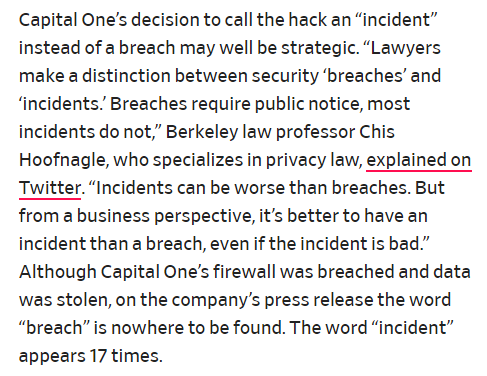 |
| Function keys on keyboard |
The function keys F1 through F12 may have either a variety of different uses or no use at all. Depending on the installed operating system (WIN 7 or higher), the software program you currently have open will change how each of these keys operate.
A program is capable of not only using each of the function keys, but also combining the function keys with the ALT and/or CTRL keys.
For example, Microsoft Windows users can press ALT + F4 to close the program currently active in a tab or window.
Here are some of the common functions of the functions keys on computers running Microsoft Windows. As mentioned, not all programs support the function keys and they may perform different tasks then those mentioned below.
Play with these on your own computer because one might have a different function for you.
F1
F1 - Almost always used as the HELP key which opens the Windows HELP screen
Pressing the Windows Key + F1 key opens the Microsoft HELP and support center.
F1 Opens the Task Screen
*******************
F2
In Windows F2 is commonly used to rename a highlighted icon or file.
Alt + Ctrl + F2 opens a new document in Microsoft Word.
Ctrl + F2 displays the print preview window in Microsoft Word.
*******************
F3
Often opens a search feature for many programs including Microsoft Windows.
Shift + F3 will change the text in Microsoft Word from upper to lower case or a capital letter at the beginning of every word.
F3 will Repeat the last Command in MS-DOS or in Windows Command Line
*******************
F4
F4 opens the FIND Window in Windows 95, XP, 7, 8 and 10
Repeats the last action performed in Word 2000 version
Alt + F4 will close the program currently active in Microsoft Windows.
F4 Function Key Opens the Address Bar in Internet Explorer and Windows Explorer
*******************
F5
The Main use of F5 is to Refresh or Reload the Web Pages or Documents
In Power Point F5 Starts a Slideshow
F5 is used to Open FIND and, GO TO Window in Microsoft Word And Replace text
*******************
F6
Moves the cursor to the Address bar in Internet Explorer and Mozilla Firefox.
Ctrl + Shift + F6 opens to another open Microsoft Word document.
F6 Key is Used to Reduce Volume on the Speaker
*******************
F7
F7 Function Key mainly used to check Spelling and Grammar in Microsoft Word Document
SHIFT + F7 Runs a Thesaurus check on highlighted word
F7 Key is Used to Increase the Laptop Volume
*******************
F8
F8 Function Key is Commonly used to access Window Safe Mode
It is used to enter the Windows Startup Menu
F8 Function key is used by some computers to access the Window recovery system. But it may required Windows Installation CD.
F8 Function key is also used to display the Thumbnail image for all work space in MAC OS (Operating System)
*******************
F9
F9 Function Key is Used to Refresh a Document in Microsoft Word
F9 Function Key is Used to Send and Receive the E-Mails in Microsoft Outlook
F9 Function Key is Used to Reduce Laptop Screen Brightness
F9 Function Key Opens the Mission Control on An Apple Computer Runs on Mac OS X
*******************
F10
F10 Function Key is Used to Increase Brightness on Laptop Screen
F10 Function Key is Used to Access the Hidden Recovery Partition on Compaq, Sony and HP Computers
SHIFT + F10 replaces using the Right Click on highlighted icons Internet links and files
F10 Function Key is Used to Activate the Menu Bar in Microsoft Windows
*******************
F11
Full-screen mode in all modern Internet browsers.
F11 Function Key is Used to Access the Hidden Recovery Partition on Lenovo, Gateway, Emachine hard drives
In MAC OS 10.4 or Later Version - Hides all open windows and shows the Desktop
*******************
F12
Opens the Save As window in Microsoft Word.
Shift + F12 saves the Microsoft Word document
Ctrl + Shift + F12 prints a document in Microsoft Word
F12 Function Key is used to Preview a Page in Microsoft Expression Web.
Please don't share by copy pasting our entire post. You can share our blogs with your friends by giving them this link so they can enjoy our websites too. Check our sidebar for links to all our sites. Thank you.











